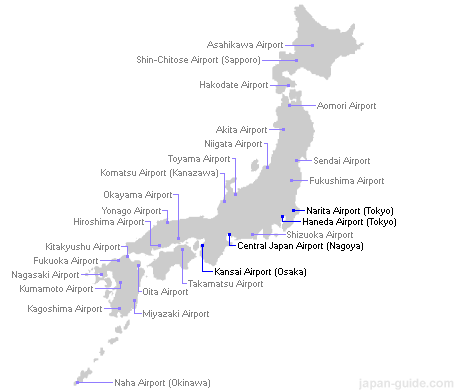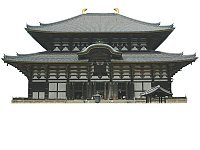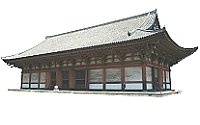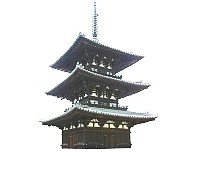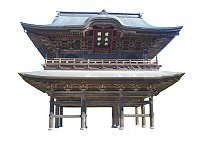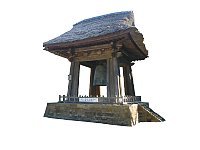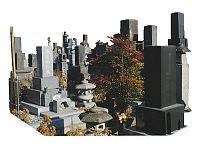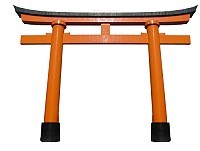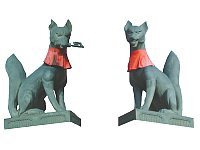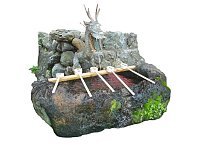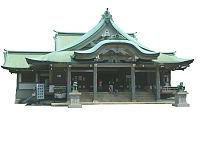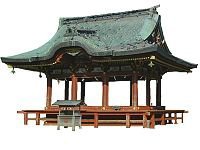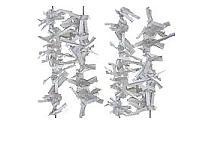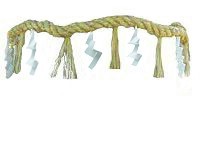| Narita Airport (Tokyo) | | Aeroflot | London, Moscow, Paris, Rome | | Air Caledonie | Noumea | | Air Canada | Toronto, Vancouver | | Air China | Beijing, Chengdu, Dalian, Shanghai, Shenzhen | | Air France | Air France, Paris | | Air India | Bangkok, Delhi, Mumbai | | Air New Zealand | Auckland, Christchurch | | Air Niugini | Port Moresby | | Air Pacific | Nadi | | Air Tahiti Nui | Papeete | | Alitalia | Milan, Rome | | All Nippon Airways | Bangkok, Beijing, Dalian, Frankfurt, Guangzhou, Hangzhou, Ho Chi Minh City, Hong Kong, Honolulu, London, Los Angeles, New York, Paris, San Francisco, Seoul, Shanghai, Shenyang, Singapore, Taegu, Taipei, Washington, Xiamen | | American Airlines | Chicago, Dallas, Los Angeles, New York, San Jose | | Asiana Airlines | Seoul | | Austrian Airlines | Vienna | | Biman Bangladesh Airlines | Bangkok, Dhaka | | British Airways | London | | Cathay Pacific Airways | Hong Kong, Taipei | | China Airlines | Honolulu, Taipei | | China Eastern Airlines | Beijing, Shanghai, Xian | | China Southern Airlines | Changchun, Dalian, Guangzhou, Shenyang | | Continental Airlines | Guam, Houston, New York, San Antonio | | Delta Air Lines | Atlanta | | Dragonair | Hong Kong | | EgyptAir | Cairo | | EVA Airways | Taipei | | Finnair | Helsinki | | Garuda Indonesian Airways | Denpasar, Jakarta | | Iran Air | Beijing, Tehran | | Japan Airlines | Amsterdam, Bangkok, Beijing, Brisbane, Chicago, Dalian, Delhi, Denpasar, Frankfurt, Guam, Guangzhou, Hangzhou, Hanoi, Ho Chi Minh City, Hong Kong, Honolulu, Jakarta, Kaohsiung, Kona, Kuala Lumpur, Las Vegas, London, Los Angeles, Manila, Mexico City, Milan, Moscow, New York, Paris, Pusan, Rome, San Francisco, Sao Paulo, Seoul, Shanghai, Singapore, Sydney, Taegu, Taipei, Vancouver, Xian, Xiamen, Zurich | | KLM | Amsterdam | | Korean Air | Cheju, Los Angeles, Pusan, Seoul | | Lufthansa | Frankfurt, Munich | | Malaysian Airlines | Kota Kinabalu, Kuala Lumpur | | Miat Mongolian Airlines | Ulan Bator | | Northwest Airlines | Bangkok, Beijing, Detroit, Guam, Guangzhou, Hong Kong, Honolulu, Los Angeles, Manila, Minneapolis, Portland, Pusan, Saipan, San Francisco, Seattle, Seoul, Shanghai, Singapore | | Pakistan Intl. Airlines | Beijing, Islamabad, Karachi | | Philippine Airlines | Cebu, Manila | | Qantas Airways | Brisbane, Cairns, Melbourne, Perth, Sydney | | Scandinavian Airlines | Copenhagen | | Singapore Airlines | Bangkok, Los Angeles, Singapore | | SriLankan Airlines | Colombo, Male | | Swiss | Zurich | | Thai Airways | Chiang Mai, Bangkok, Phuket | | Turkish Airlines | Istanbul | | Uzbekistan Airways | Tashkent | | United Airlines | Bangkok, Boston, Chicago, Denver, Hong Kong, Honolulu, Los Angeles, New York, Philadelphia, San Francisco, Seattle, Seoul, Singapore, Taipei, Washington | | Vietnam Airlines | Hanoi, Ho Chi Minh City | | Virgin Atlantic Airways | London | |
